Product description
Sweet potato is a perennial plant and comes from tropical America. In Greece, it is cultivated as an annual for its sweet tuberous roots. It is rich in energy and supplies the body with sugars and other carbohydrates, protein, calcium, iron and other minerals. They are also rich in vitamins A and C.
It has long creeping stems and large deep green leaves. Its funnel-shaped flowers, like the pericoclada, are white or violet in color and appear when the day length is short. Sweet potato tubers are formed as the plant deposits nutrients in root segments and are usually spherical oblong or fusiform in shape. It is a very heat-demanding plant. it needs almost tropical temperatures to grow and these should be maintained for at least 100 days. It does not like the shade and is transplanted into the field at least 2-3 weeks after the last frosts. End of April, beginning of May.
It withstands drought, so much so that it can perform even where other vegetables cannot even germinate. It can be grown in many types of soil but prefers well-draining soils with an acidity of 5.5-6.5. It performs very well in light sandy soils. In too rich and wet it does not thrive, the tubers become abnormal and monstrous. If the soil accumulates moisture, it should be cultivated in mounds or islands.
In very dry soils, yields increase if we water frequently and with small amounts rather than sparsely and with large amounts. Sweet potato fertilization can be done with compost or a slow release general fertilizer in the Spring. It can also be done with well-digested manure (2-3 tons/hectare), but this should be added to the previous plant.In general, it does not consume large amounts of nutrients, so it does not need additional fertilization, maybe 2-3 sprays with algae extracts in the growing season. It does not need much nitrogen because the plants become very vigorous and the tubers are small and irregular. On the contrary, it reacts very positively to potassium fertilization, which is why it is good to do a soil analysis before cultivation and if there is a deficiency, to add it.
Sweet potatoes should not be planted in a field where the same plant has been grown before, unless at least 2 years have passed.
The soil does not need to be cultivated to a great depth, 10-12 cm is enough because they form high. The root cuttings are planted in testes on islands (accumulated soil) or in lines at ground level or better in mounds 10-15 cm high. The recommended planting distances are 25-30 cm in all directions) when planting is done in positions or if it is done in lines 60-80° between the lines and 30-40 on the lines. The plants are transplanted with a light bulb (immediately as soon as they are separated from the tubers, in the evening and with a temperature of 15o - 20o C, at a depth of 2.5 to 5 cm.
Immediately afterwards they must be watered to come into contact with the soil. Watering with fish milk or fishmeal tea helps plants get off to a good start after transplanting. The soil should be kept moist but not soggy until the shoots begin to spread. Then it is watered only when the plants are in danger of wilting. During watering avoid wetting the leaves especially after the beginning of summer. A good watering around the beginning of August when the tubers start to form is necessary while the rest of the time the soil should be kept almost dry.
Until the sweet potato shoots cover the ground to control the weeds, 2-3 casual carvings can be done and at the same time weeding the bases of the plants. Ground cover is considered essential because it prevents weeds from emerging and maintains soil moisture. Covering the soil with black plastic also warms the soil and has been observed to slow production. In general, with regard to plant growth, optimal soil temperatures are considered to be between 24-3°C and air 18-35°C. Because creeping shoots develop small tubers where they come into contact with moist soil, they should be moved from their position periodically (if possible).
Harvest Sweet potatoes usually ripen with the first frosts. Then the foliage dies and we take them out of the ground by detaching them from the mother plant. Then we leave them for 2-3 hours on the surface of the ground to dry. This is followed by the sorting of the unsuitable ones (for immediate consumption) and the separation into sizes. If the frost is light, the tubers have not had time to ripen and only some leaves have been damaged, we immediately remove them from the plant because the tubers acquire a bitter taste and leave them in the soil to ripen further.
When the sweet potatoes are to be stored, some special treatment is done without washing them. They are placed for 10 days at a temperature of 26 - 30 °C (and a relative humidity of 90%). During this time, those that are injured under the milky liquid they produce form a corky layer that closes the wound and prevents the loss of moisture and rotting. After this period, the temperature gradually decreases until it reaches 13 - 15 °C. Above it they lose a lot of weight and below it their quality is degraded.
The storage area can be a warehouse, basement or a pile on the ground. It is important that they do not touch each other. Common preservation media are sand, straw and sawdust. This way they are kept for 4 months. Special attention must be paid to mice during storage because they cause a lot of damage. If they are frozen they can be kept for more than 6 months and in a can for more than a year. If sweet potatoes freeze (-3 °C) then they turn black when cut or boiled.
Problems of cultivation Wilting of plants - poor growth - attack by cutworm (picture 2): This problem is addressed by using bran baits mixed with Bacillus thuringiensis. We spread them on the surface of the soil at night. We can also bury potatoes at a depth of 5-10cm and at a distance of half to a meter between them by putting a stick for a mark. They act as traps where ironworms gather. We dig them up 2-3 times a week and replace them with fresh ones. Another way is to release parasitic nematodes into the soil at least one week before the establishment of the crop.
Roots do not develop and show small bumps Nematode infestation: For their treatment see issue 4 (potato cultivation) and issue 5 (tomato cultivation). Young shoots cut - onion eater (picture 3): The natural enemy of the onion eater is the mole. Some suggest that we find his underground galleries and put oil or petroleum jelly there. The smell drives them away but after a while they come back or make their shelters further away. It is advisable, following his galleries, to find his eggs or hatchlings in Spring and early summer and destroy them.
We can earlier place manure in specific parts of the garden as a trap where the onion eater prefers to lay its eggs. It avoids too fluffy soil so we make sure to keep it fluffy with carving and appropriate composition. We can also place wire mesh around where we sowed or around the young plants, at a depth of 35 cm. Inside the fence we keep the soil fluffy.
Another method is watering with juice from Euphorbia Biglandulosa (picture 4) or Verbascum (picture 5). Into 100 liters of water, we pour chopped one of the two plants, 10 kg or more. After 36 hours we drain it and water the roots. If we find his galleries we fill them with this juice He comes out drugged or dies in there. Spraying the stem and leaves of the plant with a solution of hot pepper and soap in water repels the onion borer. Parasitic nematodes (Heterorliabditis heliothidis) that are spread on the ground according to the manufacturer's instructions also provide biological control of onion eaters.
Sweet potato tubers are attacked by various microorganisms that mainly cause rots. The best means of prevention against diseases is the use of resistant varieties, disinfection of the seed and 3- or 4-year crop rotation. Potassium Potassium is a nutrient essential for the formation of sugars, starch and proteins in plants. It activates specific enzymes and contributes to plants' resistance to low temperatures. It gives flavor and color and is especially necessary for the growth of root plants.
Management of potassium deficiency To understand if our plants lack potassium we examine the leaves starting from the bottom. When there is a deficiency in the soil, the lower leaves turn gray-green, show peripheral yellowing or spots and later turn brown and look scorched. Symptoms may be more severe towards the end of the growing season as available potassium moves to the developing fruits.
Plants suffering from a lack of potassium exhibit less resistance to disease attacks and extreme temperatures. The deficiency also affects the fruits which become small and malformed. Potassium leaches into very light soils. An intervention that would give immediate results in the lack of potassium is to spray the leaves with a liquid fertilizer such as fish emulsions. It is done every week until the symptoms disappear. It also helps the plants to recover by watering the roots with dissolved wood ashes in water.
For long-term solutions to a potassium deficiency we add stonecrop, granite dust, seaweed or animal manure to the soil. Ashes from broadleaf trees can also be added to the soil at any time of the year. However, since the nutrients of the ash are quickly washed away, we take advantage of them better if we add them to the formation of the compost, as well as lime.
Management of excess potassium. There is not much we can do to lower potassium levels in the soil. First we should stop adding ashes, manure or other sources of potassium to the soil for 2-3 years and secondly add nitrogenous and phosphorous materials to balance the excess potassium. And of course we will have to grow many plants to absorb it from the soil.



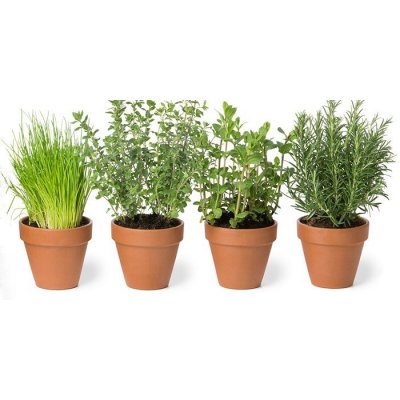
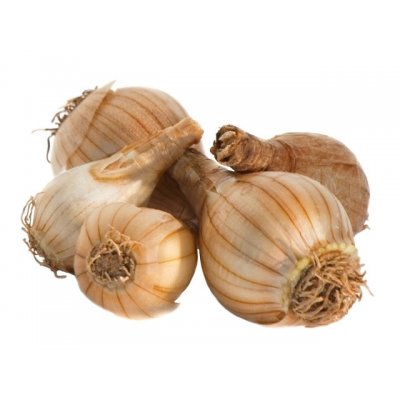
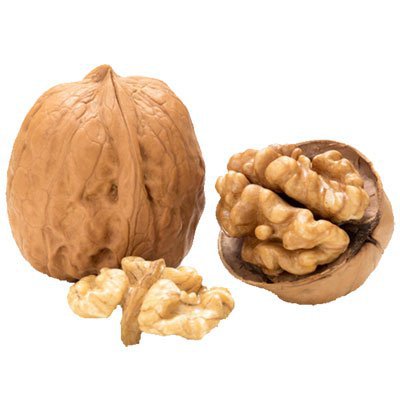
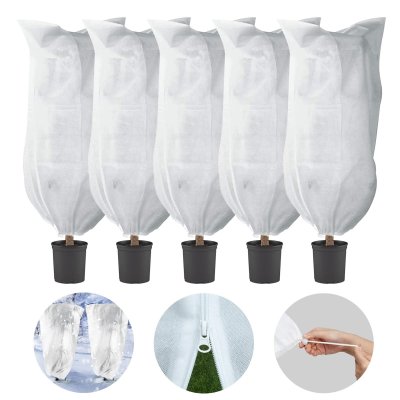

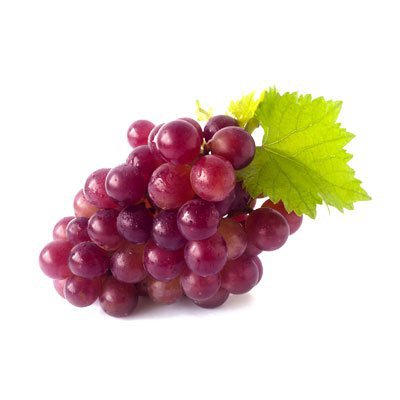
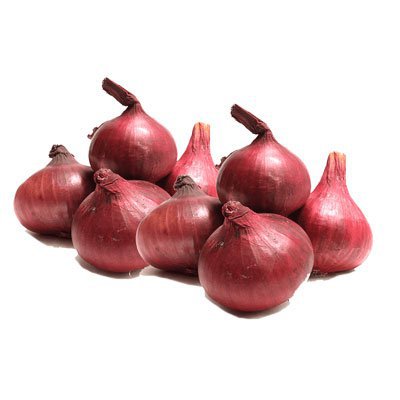
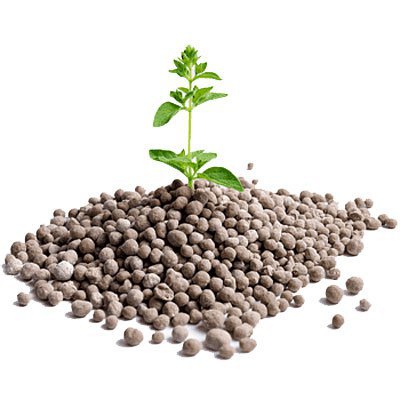
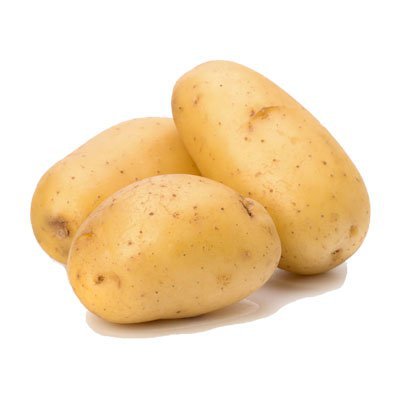
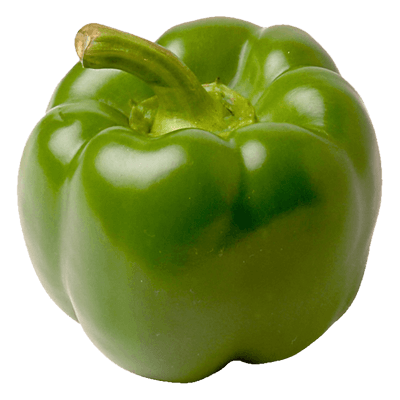


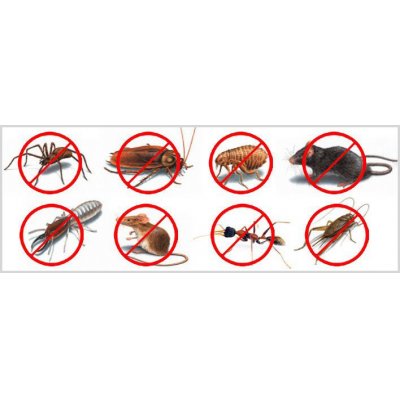
 Forest Fruit Plants
Forest Fruit Plants Spice Herbs Medicinal seeds
Spice Herbs Medicinal seeds Bulbs
Bulbs Fruit Trees
Fruit Trees Garden Materials
Garden Materials Ornamental Plants
Ornamental Plants Grapevine Plants
Grapevine Plants Onion Set
Onion Set Fertilizers
Fertilizers Potato seed
Potato seed Seeds
Seeds Roses
Roses Tropical Plants
Tropical Plants Home Pesticides
Home Pesticides









